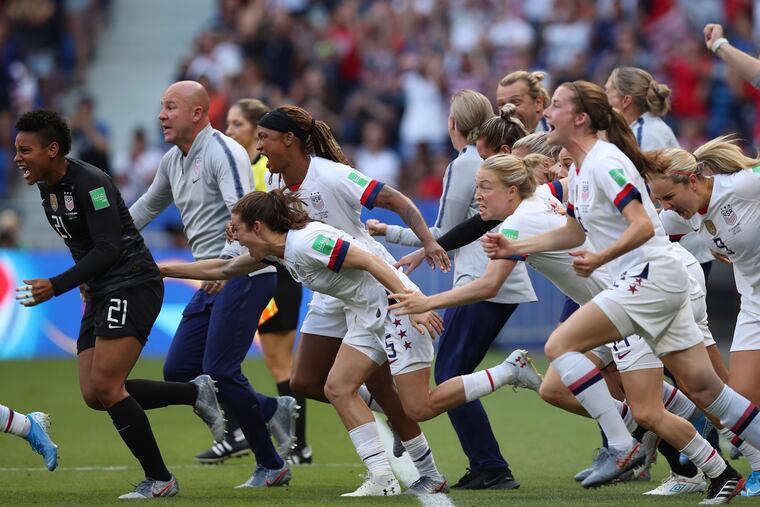How two Philly coaches helped Stanford build the U.S. women’s soccer team dynasty
Penn's head women's coach recruited Tierna Davidson to Stanford, and one of the Union's assistants helped develop Kelley O'Hara and Christen Press.

Penn's head women's coach recruited Tierna Davidson to Stanford, and one of the Union's assistants helped develop Kelley O'Hara and Christen Press.
